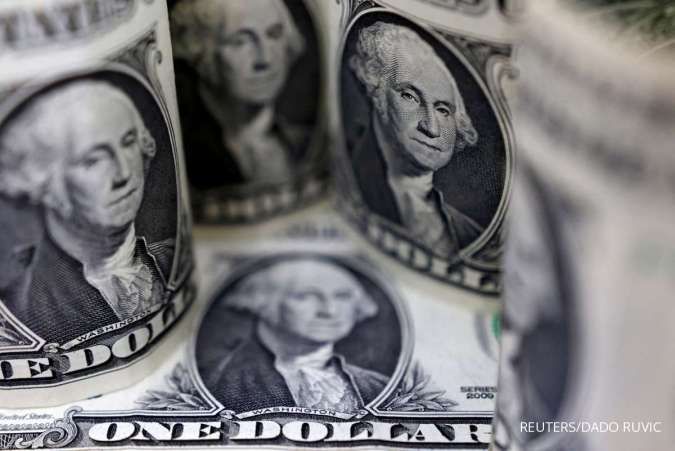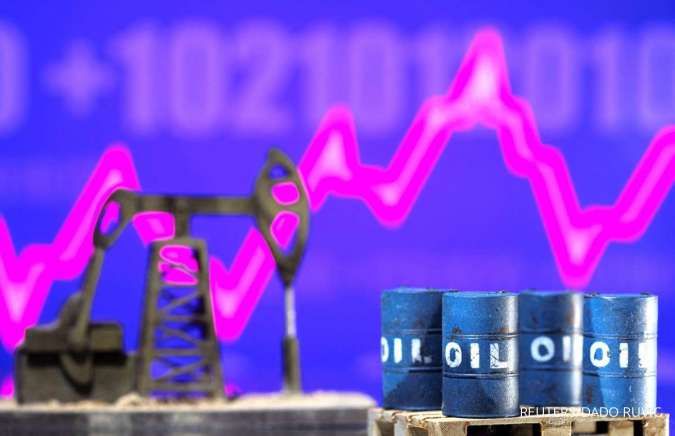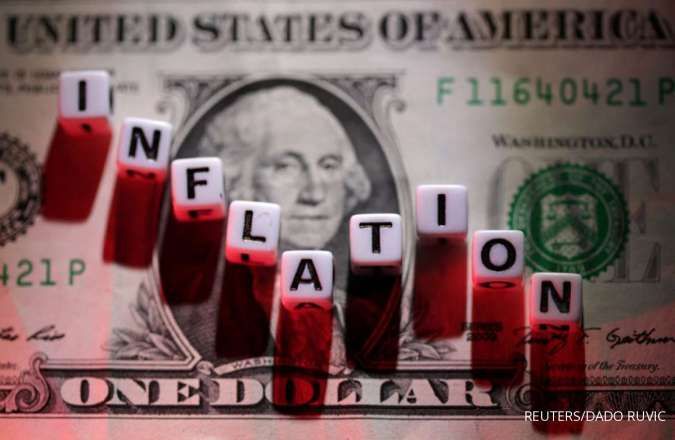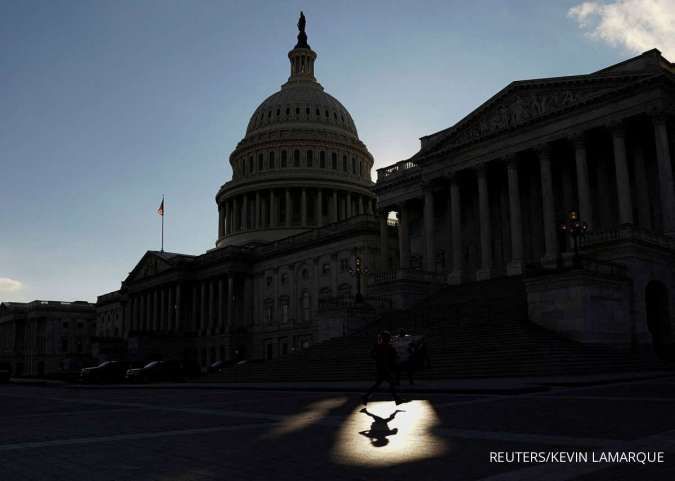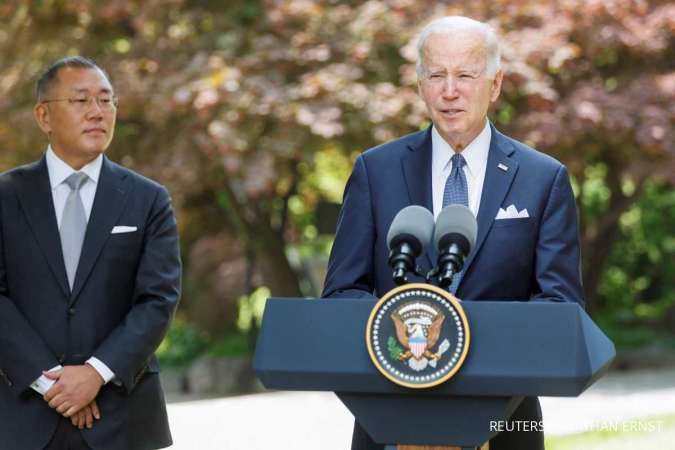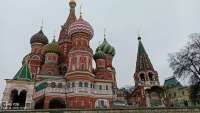CURRENCY - NEW YORK. The dollar inched higher on Monday, trading within narrow ranges, as investors remained cautious ahead of key policy decisions this week from several central banks, led by the Federal Reserve, which is expected to keep interest rates on hold for the first time since January 2022.
Monetary policy meetings at the Fed, the European Central Bank (ECB) and the Bank of Japan (BOJ) will set the tone for the week as markets seek clues from policymakers on the future path of interest rates.
U.S. May inflation data is also out on Tuesday as the Fed kicks off its two-day meeting.
"The greenback is responding to typical 'dollar smile' dynamics, tumbling as growth differentials converge and volatility fears drop across the financial markets," said Karl Schamotta, chief market strategist at Corpay in Toronto.
The dollar smile is a theory which refers to scenarios in which the U.S. currency outperforms its peers in two extremely different scenarios: when the U.S. economy is strong and there is optimism in markets, or when the global economy is doing badly and risk appetites are low.
Read Also: Asia Shares Near a Month High Ahead of C.B. Meetings
"With evidence of a modest U.S. economic deceleration steadily accumulating, investors are betting that tomorrow's inflation print is more likely to undershoot expectations than overshoot them, and that is helping to reduce the odds on an aggressively hawkish response from Fed officials on Wednesday," Schamotta added.
Money markets are leaning toward a pause from the Fed when it announces its rate decision on Wednesday, according to the CME FedWatch tool, expectations that sent world stocks surging to a 13-month high on Friday as risk sentiment improved.
Conversely, a clear majority of economists polled by Reuters expect the ECB to hike its key rate by 25 basis points this week and again in July, before pausing for the rest of the year as inflation remains sticky.
"When we get through the summer, however, the market would be very focused on when the Fed will start cutting rates and that could leave the dollar a little bit vulnerable going forward," said Niels Christensen, chief analyst at Nordea.
The U.S. dollar index clocked a loss of nearly 0.5% last week, its worst weekly drop since mid-April, and was last down at 103.48.
The euro rose 0.2% to $1.0767, having risen 0.4% last week, its first weekly gain in roughly a month.
Read Also: Taiwan Sends up Fighters as Chinese Warplanes Cross Strait's Median Line
Elsewhere, the Japanese yen was flat at 139.35 per U.S. dollar, before a policy meeting by the BOJ, which is expected to maintain ultra-loose monetary policy and forecast a moderate economic recovery, as robust corporate and household spending cushion the blow from slowing overseas demand, sources told Reuters.
Elsewhere, the Reserve Bank of New Zealand last month signaled it was done tightening after raising rates to the highest in more than 14 years at 5.5%, ending its most aggressive hiking cycle since 1999. That sent the kiwi tumbling 2.7% in May.
The kiwi was last little changed on the day at US$0.6128, sterling fell 0.3% against the dollar to $1.2542, while the Aussie increased 0.2% to US$0.6756, with a holiday in most of Australia making for thinned trade.
China's offshore yuan extended losses to trade at its lowest level against the greenback since November as recent soft data has raised expectations for monetary easing from the People's Bank of China this year. The dollar was last up 0.1% at 7.1515.
/2023/01/23/1021237432p.jpg)
